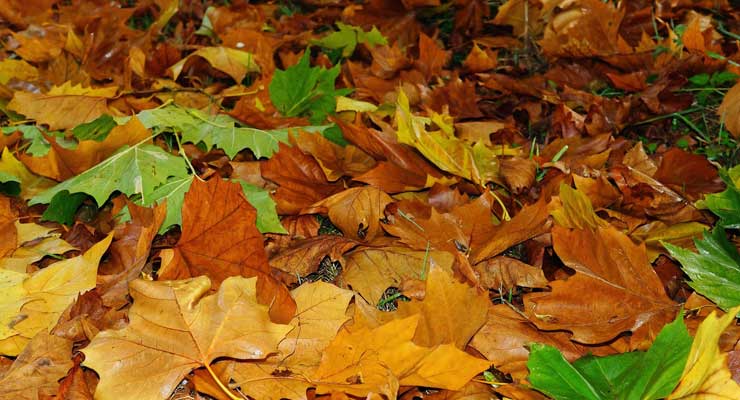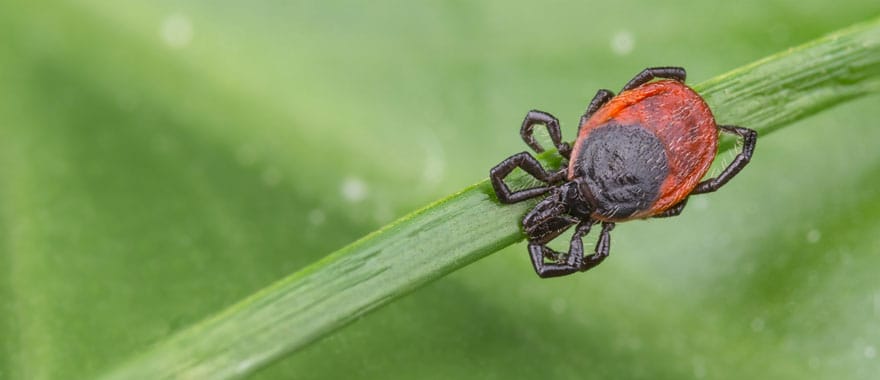
Each fall, some time in October, the leaves start to fall and homeowners are faced with the question of just what to do with all of those leaves.
Many people simply rake them out to the curb and let the city pick them up. Or they place them in paper bags for disposal. Some call their landscaper or tree care provider and ask them to remove the leaves (I’m sure you’ve heard the leaf blowers going!).
But here at Barts Tree Service, we believe there’s a better option for all those fallen leaves.
Leaves can be a valuable source of nutrients for your yard and a great soil conditioner. So, this year, either mow them in place on the lawn with a mulching mower (yes, leave them right there!) or follow these easy steps to create your own ‘black gold’ (otherwise known as leaf mold or leaf compost).
Step 1—Collect and shred the leaves. There are several easy options for gathering leaves:
- Rake them up, place them in a large trash can, and shred with a string trimmer inserted into the can. Be sure to wear eye protection if you do this!
- Rake them into a pile and mow over them with a mulching mower. If you have a bag attachment, this will make clean-up much easier.
- Vacuum them with a leaf blower with a bag attachment. Your neighbors may not appreciate the noise (be aware that some neighborhoods prohibit the use of lawn blowers) but it’s an effective way to collect and shred leaves.
Step 2—Store the leaves. Place the shredded leaves in a pile, in an empty trash can, in a bin, in a large bag – anything that will hold them and prevent them from blowing around. The Compost Sak from Smart Pots works exceptionally well for this but you can also use a circle of chicken wire, wooden palettes or a compost bin. Add a little water to moisten the pile (but don’t turn it into a soggy mess).
And that’s it. Just leave the pile until spring and you’ll have a plentiful supply of leaf mold to use as a mulch or soil amendment. If you’re feeling energetic, you can turn the pile periodically over the winter to aerate it and speed up the decomposition process.
For more information about what to do with fallen leaves, check out Leave Leaves Alone. The website was developed by a group of Bedford, NY, residents, mostly Cornell Cooperative Extension Master Gardeners, concerned about the environmental pollution and destruction of soil properties caused by homeowners’ practice of blowing and raking leaves onto the streets for town pick up.
See also our Fall Tree Care Tips for more information on what to do this fall, as well as the 10 Best Trees for Fall Color in CT, and an explanation of why leaves change color in fall.



